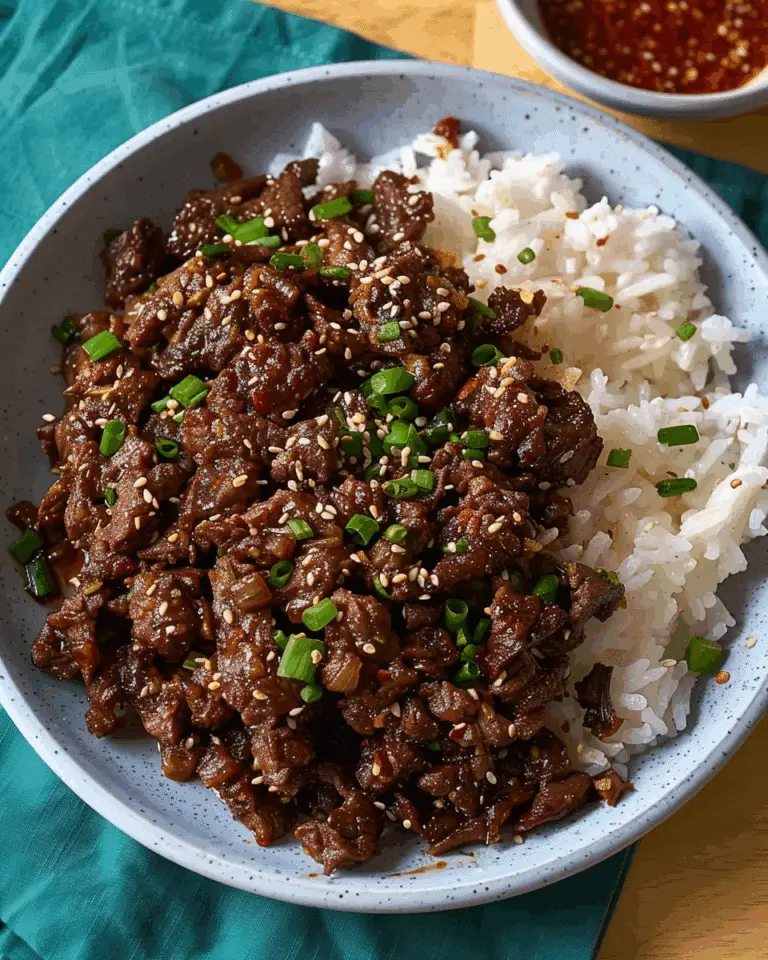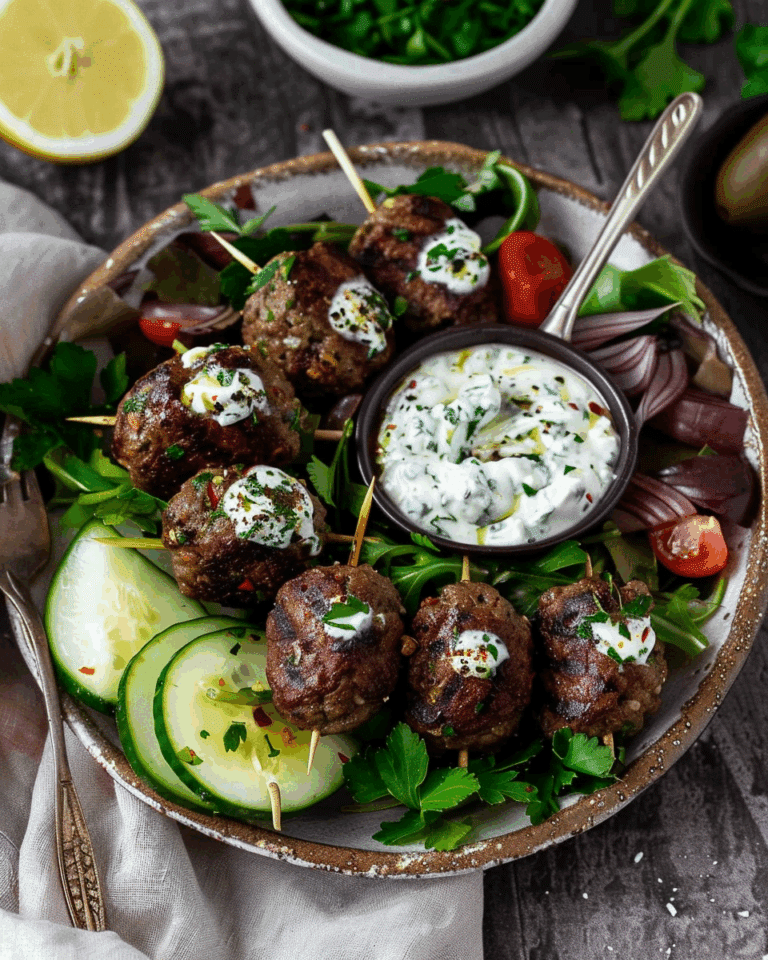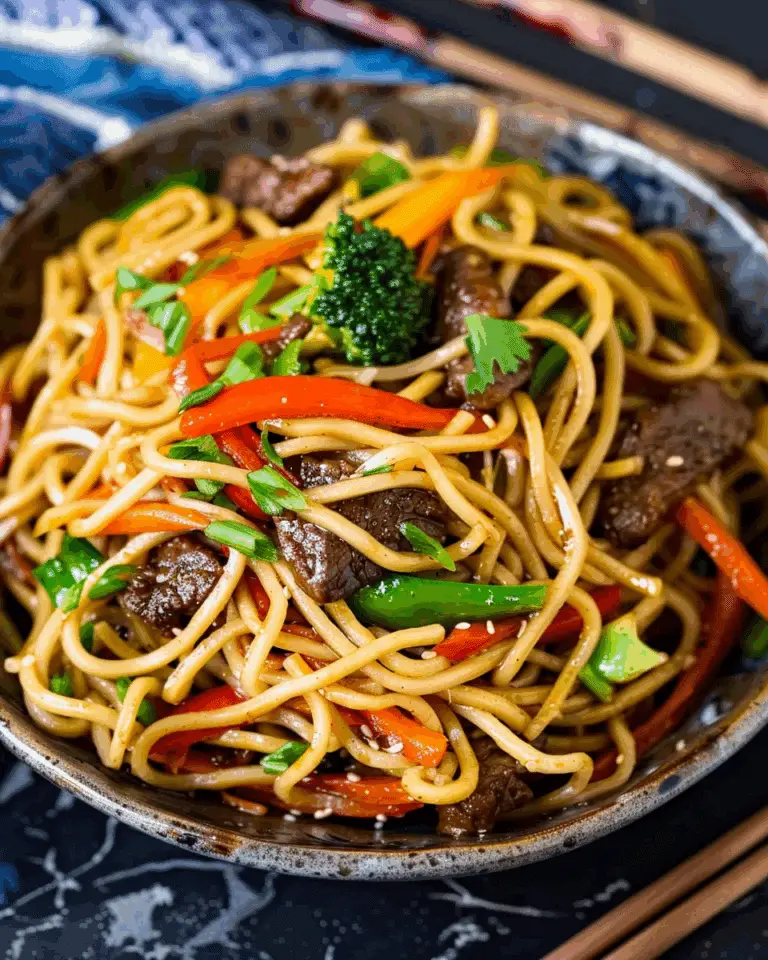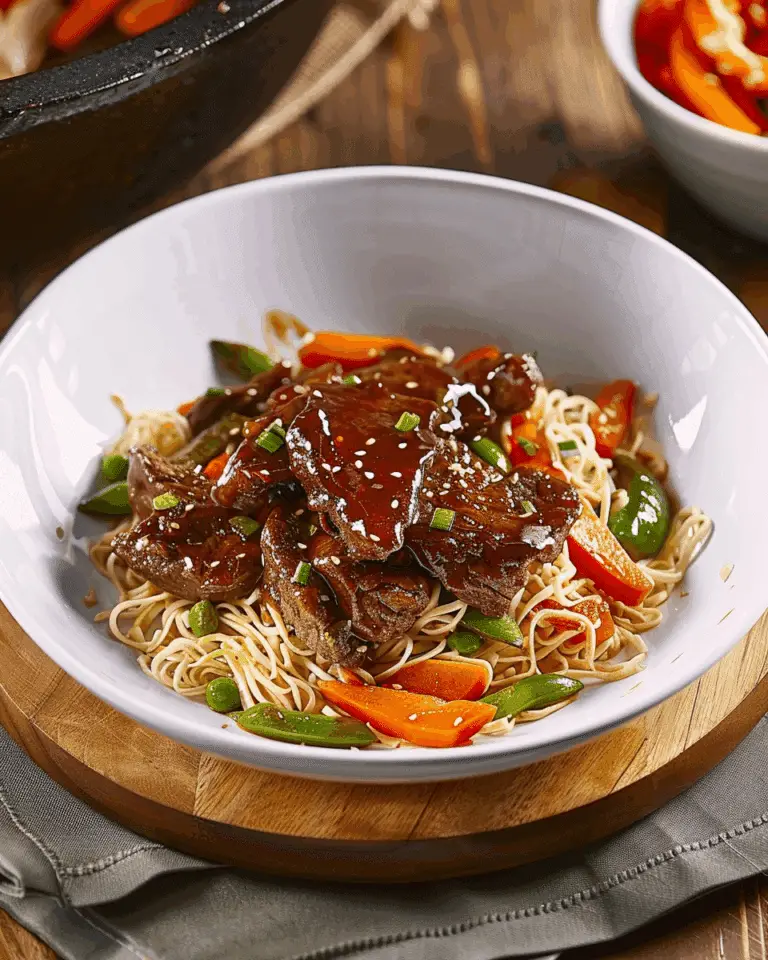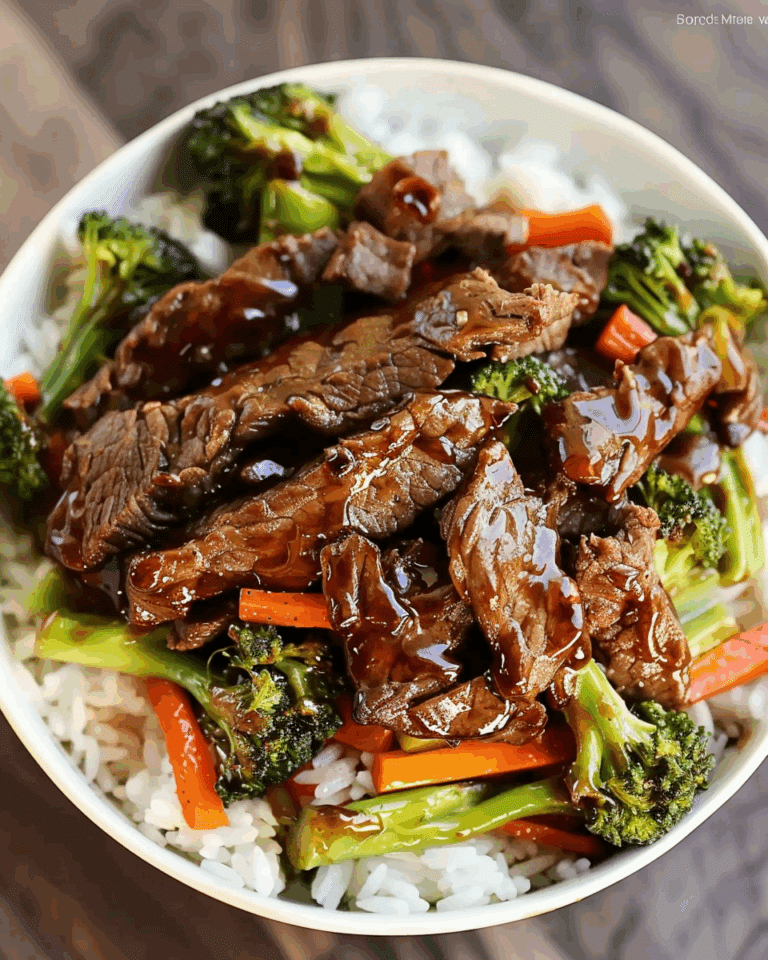I whip up a flavorful one‑bowl meal that combines savory ground beef with spicy, sweet, and tangy gochujang sauce in under 20 minutes—it’s easy, satisfying, and totally customizable based on what I have in my pantry.

Why I’ll Love This Recipe
I adore how everyday ingredients—like ground beef, gochujang, and a hint of apple—come together to make a deeply flavorful sauce that’s ready in no time. It’s a balanced, one‑bowl dinner that I can easily adjust to whatever protein or noodles I have on hand, and it takes just 20 minutes from start to finish.
Ingredients
(Here’s a tip: Check out the full list of ingredients and measurements in the recipe card below.)
-
4 servings fresh udon noodles or egg noodles (or spaghetti if needed)
-
1 tbsp oil
-
3–4 green onions, chopped
-
1 tbsp minced garlic
-
½ lb (about 225 g) ground beef, preferably 90 % lean
-
½ small sweet apple, seeded (I grate it over the beef)
-
2–3 tbsp gochujang
-
1 tbsp honey
-
2 tbsp rice wine (or 1 tbsp rice vinegar)
-
1 tbsp sesame oil
-
1 tbsp toasted sesame seeds
-
1 English cucumber, shredded
Directions
-
I cook the noodles according to the package directions, drain them, then (if using fresh wheat noodles like ramen) rinse under cold water and toss with a little oil to prevent sticking.
-
In a large skillet over medium heat, I heat the oil and stir‑fry the green onions and garlic for about 30 seconds, then add the ground beef and cook until it’s fully browned.
-
I turn off the heat briefly, grate the apple directly over the beef, turn the heat back on, then add gochujang, honey, and rice wine. I stir‑fry until the sauce thickens—about 3 minutes.
-
I drizzle sesame oil over it, sprinkle toasted sesame seeds, then add the noodles to the skillet and toss everything together until the noodles are coated in sauce.
-
I serve immediately, topping each bowl with shredded cucumber.
Servings And Timing
This makes 4 servings. Prep time is about 10 minutes, cook time is another 10 minutes—so the total comes together in about 20 minutes.
Variations
I often substitute the protein—using tofu, chicken, or any ground plant‑based meat if I’m skipping beef. If I’m out of apple, I’ll swap in about ¼ cup of apple juice or pineapple juice for sweetness. And if I’m cutting down on gochujang, I sometimes add 1–2 tablespoons of soy sauce to boost the seasoning.
Storage/Reheating
If I have leftovers, I store them in an airtight container in the fridge for up to 2–3 days. To reheat, I gently warm the noodles in a pan with a splash of water or oil so they don’t dry out, tossing until they’re heated through.
FAQs
1. What noodles can I use if I don’t have udon or egg noodles?
I use whatever I have on hand—even spaghetti works well; just avoid very thin wheat noodles that break easily when tossing with sauce.
2. Can I make this vegetarian or vegan?
Yes—I replace the ground beef with a plant‑based meat substitute or skip it altogether, and the sauce still delivers great flavor.
3. How do I reduce the spiciness if gochujang is too hot?
I lower the gochujang and add extra soy sauce (around 1–2 tbsp) to keep the depth of flavor while cooling the heat.
4. Can I prepare elements in advance to speed things up?
Absolutely—I can grate the apple, chop the onions, or even cook and store the noodles ahead of time; then it truly becomes a quick 10‑minute dinner when it’s time to cook.
5. How do I keep the noodles from sticking after cooking?
I rinse them under cold water to remove starch, then toss with a bit of oil to prevent sticking—especially helpful for fresh noodles.
Conclusion
I love how this recipe comes together quickly with minimal fuss, delivering bold, balanced flavors in a single bowl. Whether I’m feeding a crowd or just making a simple weeknight dinner, it’s adaptable, satisfying, and always hits the spot.
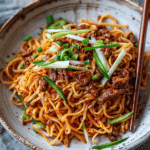
20‑Minute Beef Gochujang Noodles
5 Stars 4 Stars 3 Stars 2 Stars 1 Star
No reviews
- Author: Yusraa
- Total Time: 20 minutes
- Yield: 4 servings
- Diet: Halal
Description
A bold, balanced one-bowl meal made in just 20 minutes, combining savory ground beef, spicy-sweet gochujang sauce, and chewy noodles. Topped with crisp cucumber for freshness, this dish is fast, customizable, and full of flavor.
Ingredients
4 servings fresh udon noodles or egg noodles (or spaghetti)
1 tbsp oil
3–4 green onions, chopped
1 tbsp minced garlic
1/2 lb (225 g) ground beef (90% lean preferred)
1/2 small sweet apple, grated
2–3 tbsp gochujang
1 tbsp honey
2 tbsp rice wine (or 1 tbsp rice vinegar)
1 tbsp sesame oil
1 tbsp toasted sesame seeds
1 English cucumber, shredded (for garnish)
Instructions
- Cook noodles according to package directions. Drain, rinse with cold water if needed, and toss with a little oil to prevent sticking.
- Heat oil in a large skillet over medium heat. Stir-fry green onions and garlic for 30 seconds.
- Add ground beef and cook until browned.
- Turn off heat, grate the apple over the beef, then turn heat back on.
- Add gochujang, honey, and rice wine. Stir-fry for about 3 minutes until sauce thickens slightly.
- Drizzle with sesame oil and sprinkle with sesame seeds.
- Add noodles to the skillet and toss until well coated.
- Serve immediately topped with shredded cucumber.
Notes
- Swap beef for tofu, chicken, or plant-based meat for a different protein.
- Use 1/4 cup apple or pineapple juice if fresh apple isn’t available.
- Lower gochujang and add soy sauce to reduce spice level.
- Prep ingredients like noodles and apple in advance for faster cooking.
- Rinse noodles and toss in oil to prevent sticking.
- Prep Time: 10 minutes
- Cook Time: 10 minutes
- Category: Main Dish
- Method: Stir-Fry
- Cuisine: Asian Fusion
Nutrition
- Serving Size: 1 bowl
- Calories: 460
- Sugar: 7g
- Sodium: 640mg
- Fat: 22g
- Saturated Fat: 6g
- Unsaturated Fat: 13g
- Trans Fat: 0g
- Carbohydrates: 44g
- Fiber: 3g
- Protein: 22g
- Cholesterol: 55mg

